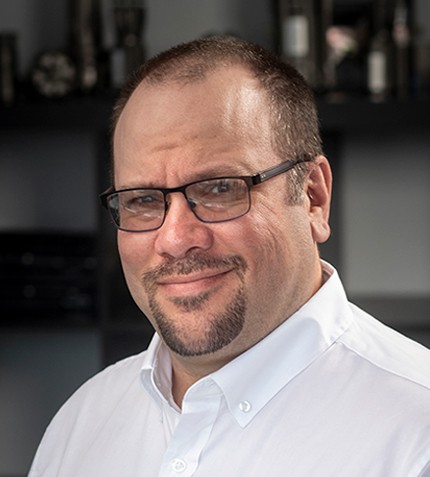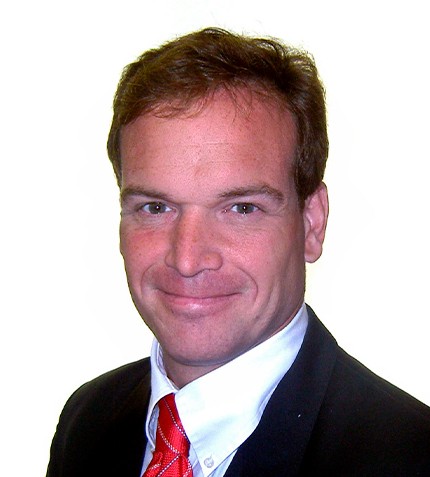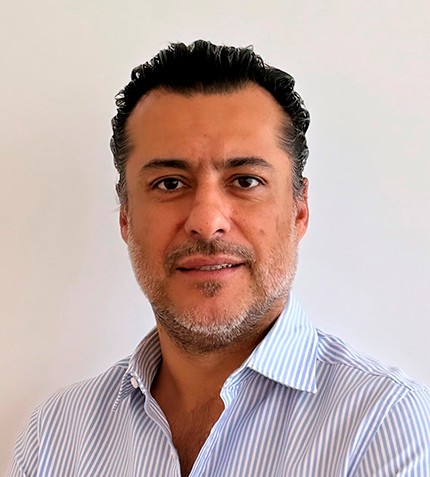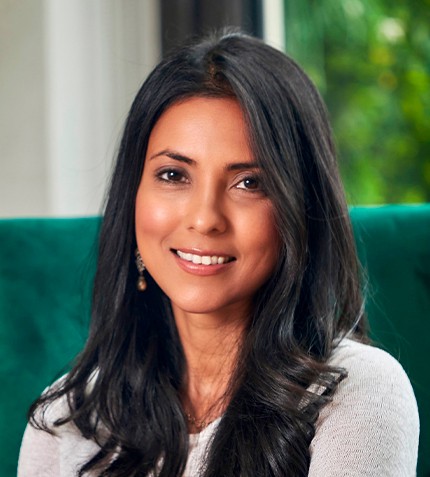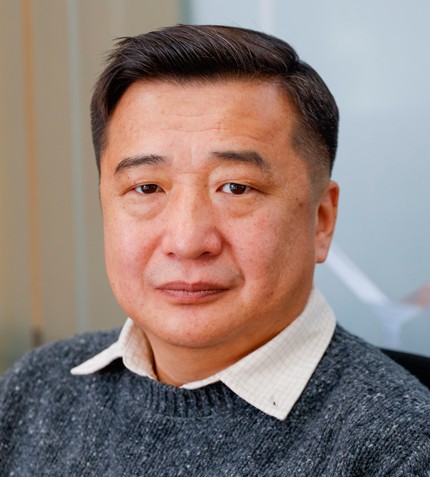
"QMC has been instrumental in shaping new legislation, bridging the divide between authorities and private investors by offering expertise in aligning projects with broader societal and environmental benefits."
Dagva Myagmarsuren
CEO, QMC (QUALIFIED MANAGEMENT CONSULTING)
Could you introduce QMC to our readers?
The early signs of the first-ever mining boom in the country became visible in the early 2000s, when I was lecturing at the Mongolian University of Science and Technology, doing part research, and part independent consulting with the main mining players. The industry was quickly changing, with more and more newcomers making their way to Mongolia. I sensed there was a need for more consultancy services to assist Australian and Canadian investors, so in 2011, my team and I established QMC – offering a hybrid of technical and management knowledge.
How have QMC’s services grown since?
To start with, we focused more on the technical side, offering PFS and FS studies. As a lecturer and consultant, we assisted both government organizations and regulators in developing the guidelines for technical studies in line with international norms, while also helping the industry to comply with these, so we had a very critical bridging role that helped us grow as a business. However, by 2015, the landscape shifted as local communities grew skeptical of the mining sector. This skepticism hindered political support for mining ventures. Recognizing this critical gap, QMC expanded its services beyond the technical realm. We recognized the absence of a crucial dimension: the societal and environmental impact of mining projects. This led us to pioneer the development of mine closure plans, addressing the concerns of future generations and emphasizing the necessity of remediation and rehabilitation in our policy paper for mine closure provisions. Consequently, QMC has been instrumental in shaping new legislation, bridging the divide between authorities and private investors by offering expertise in aligning projects with broader societal and environmental benefits.
How is mining currently perceived by the population?
Anti-mining sentiment peaked around 2013, resulting in a halt in exploration licenses, followed by a wave of divestments. 10 years on, and these problems still exist. Investment has not come back, and negotiations with host communities remain difficult. At the core of it, our politicians are quite slow at making changes. For instance, the mine closure regulations we proposed are still not part of the official legislation, after failing to become law two times; now these provisions are in the draft of the new Minerals Law. The allocation of royalty contributions to local communities was put into law some time ago, but implementation lagged as politicians required more control of the budget distribution.
QMC has been part of the team to assess the impact of the Oyu Tolgoi underground development on the local community. Could you elaborate on your community engagement work?
QMC sits in the middle of government, industry, and people, to help achieve win-win solutions for all parties. We speak to regulators on the areas that require more attention in the law, we talk to community leaders at both regional and village level, and we work with large companies like Oyu Tolgoi (OT) to help them explain the environmental and social effects of their operations on the host communities. Often, local people do not know whom to trust; they want to trust the miners, but conflicts of interest that have led them to lose that trust. They also want to trust politicians, but contradictions in the political messages leave them confused, leading to more mistrust. Needing to trust someone, they tend to trust QMC, which opens a door for dialogue between all stakeholders. In our experience, we have learned a lot from the locals, and they also learned from us. At the OT, we discussed the environmental and social impact assessment, and tried to provide useful and comprehensive information; once informed with the basics, people then started asking more quality questions – this is when the conversation moves ahead, toward reaching common ground.
As the head of the Critical Minerals Association, could you share with us what are your main agenda items for the new organization?
Within the current mining sector, one big chunk is metallurgical coal, and the other big chunk is copper, with the remaining 10-15% of it being a mix of other metals, including gold. The energy transition risks putting about half of our industry at peril in the next few decades. Contradictorily, the country’s Vision 2050 forsees the mining industry expanding up to four times its current value. So how are we to grow the industry from a base that is supposed to be phased out? The future lies in those critical minerals that we know exist in Mongolia, yet we have little visibility of their extent. In the last two years, we have seen a lot of international interest in collaborations for critical minerals. Our government says “yes” to these partnerships, but it then, it stops there. Other countries have already developed their critical mineral policies, strategies, and lists. Mongolia does not have these. No one else can do these tasks other than Mongolians themselves, because, although the world believes in our geological potential, they do not believe in the role that Mongolia could play in the critical minerals supply chain considering its geographical and geopolitical position. We must take the first steps. The Critical Minerals Association looked at what other countries are doing and drafted a critical mineral framework and list, submitting these to the government. Like I said earlier, however, things move slowly. Yet, for critical minerals, the world is changing really fast. So the question remains: Are we going to be too late? We are ready to push our government to accelerate the legal framework before this opportunity passes us.




